Today, easydrawforkids.com will go over how to draw a cow step by step, starting with the basic outline and ending with a completed cow drawing.
How To Draw A Cow – A Step by Step Guide
1. Cartoon Cow Drawing
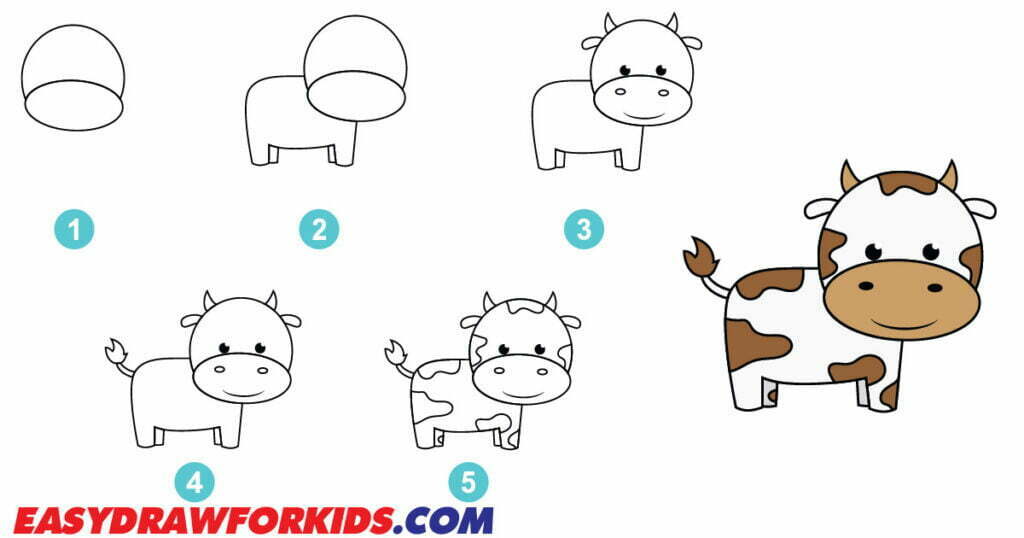
Step 1: Start, you draw two small circles for the cow’s head and snout.
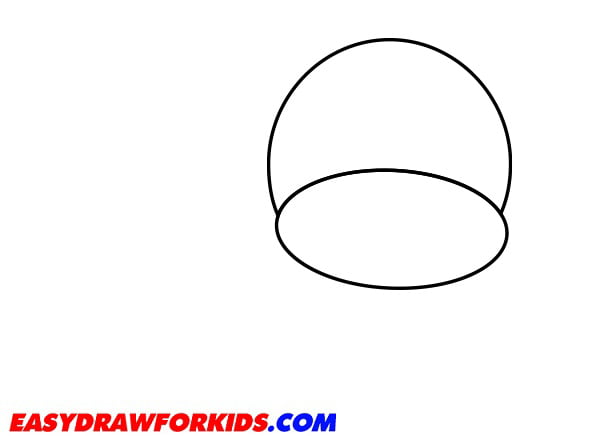
Step 2: Draw a large oval shape for the body. Add four legs, with the front legs being slightly shorter than the back legs.
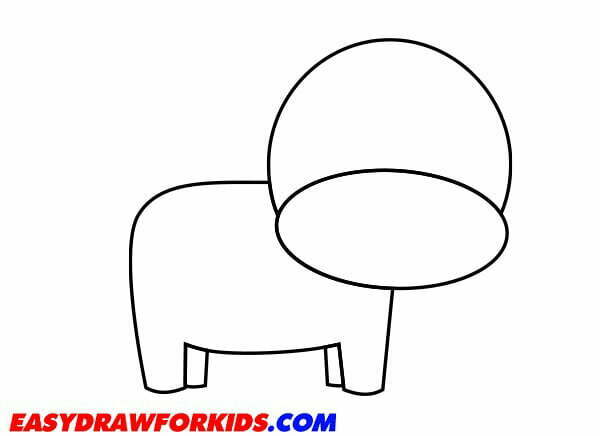
Step 3: Now, adding eyes, nostrils, mouth, ears and horns to your cow
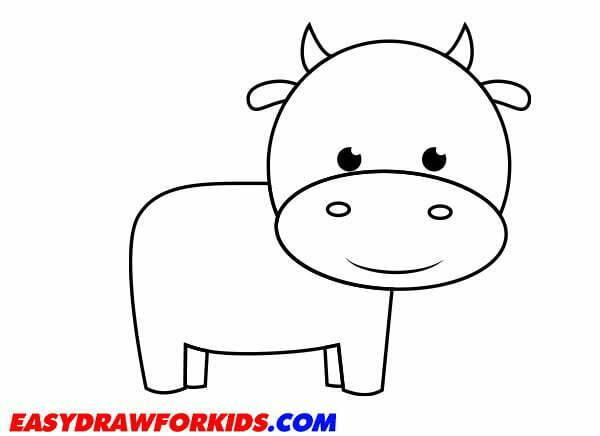
Step 4: Draw a line extending from the lower back area.
Taper the line so it’s wider at the base and narrow at the tip.
Add a tuft of hair at the end by drawing feathered lines.
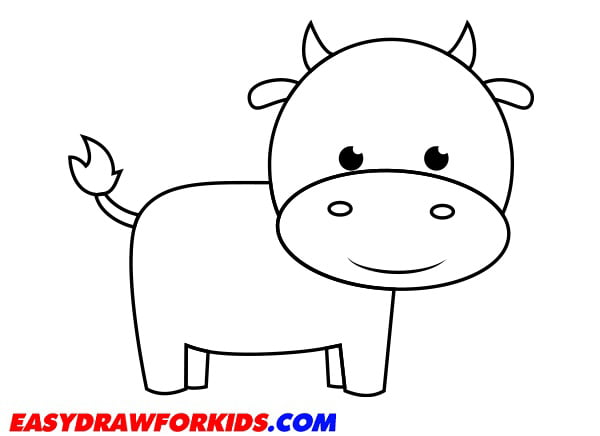
Step 5: Scattered irregular shaped spots across the body. Make some spots large and some smaller.
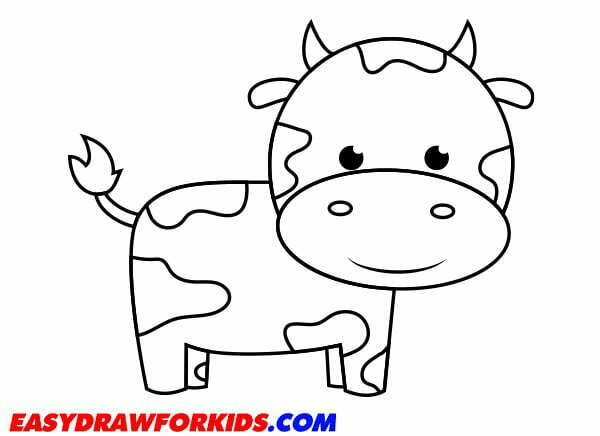
Step 6: Cows come in a variety of shades, but the most common colors are white, black, and brown. Choose the appropriate colors for your desired cow breed.

2. Realistic Cow Drawing
Step 1: The first step, sketch the basic shape of the cow
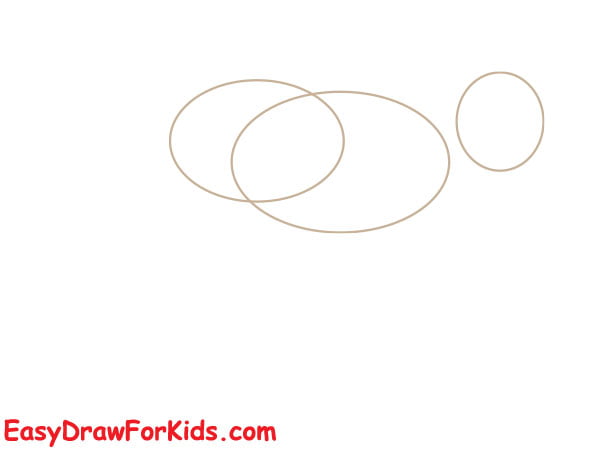
Step 2: Now, outline the snout and horns of the cow
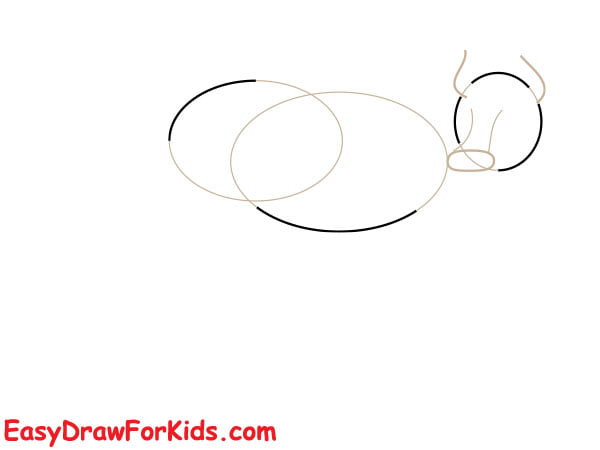
Step 3: Adding details to the cow’s face

Step 4: Drawing the body and legs of the cow
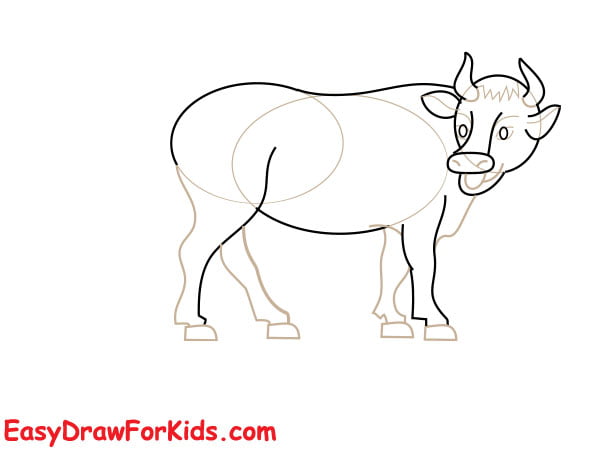
Step 5: Now, draw the udder by creating a large, curved shape beneath the cow’s body.
Draw the cow’s teats by adding several small, vertical lines extending from the udder.
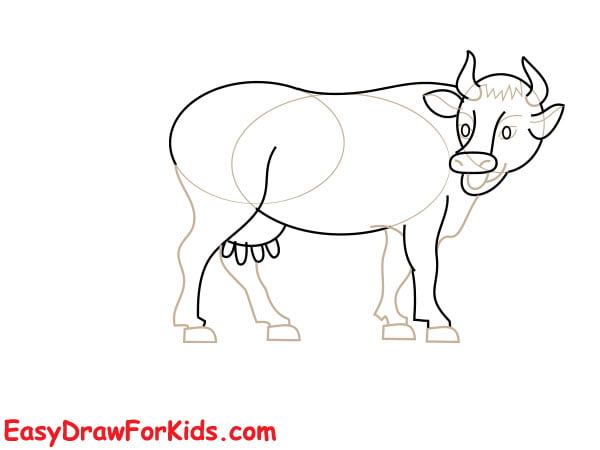
Step 6: Draw a long, curved line extending from the cow’s udder region to form the cow’s tail.
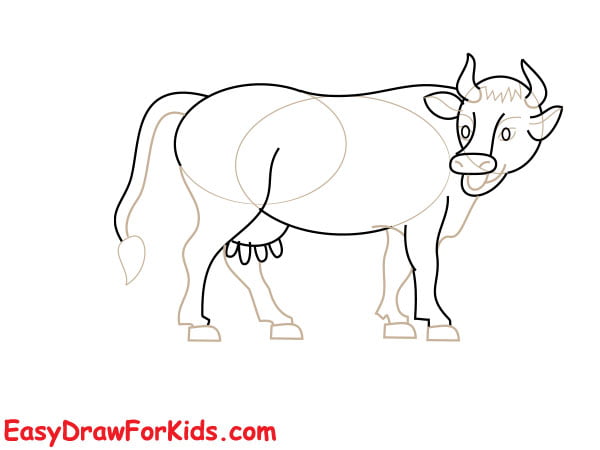
Step 7: Add spots on the cow’s body
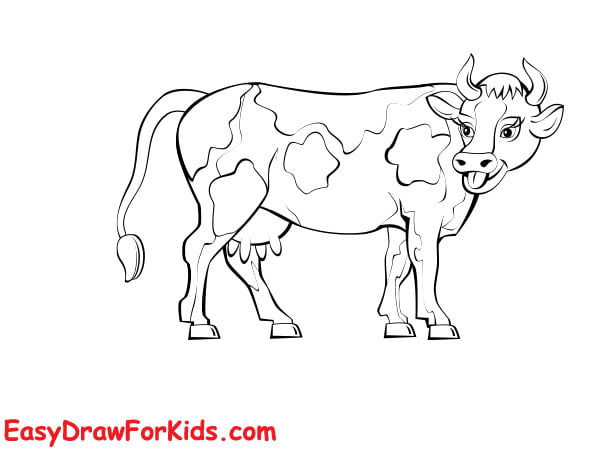
Step 8: Coloring realistic cow drawing

3. Kawaii Cow Drawing
Step 1: Draw two oval shape overlap each other for the head and body of the cow.
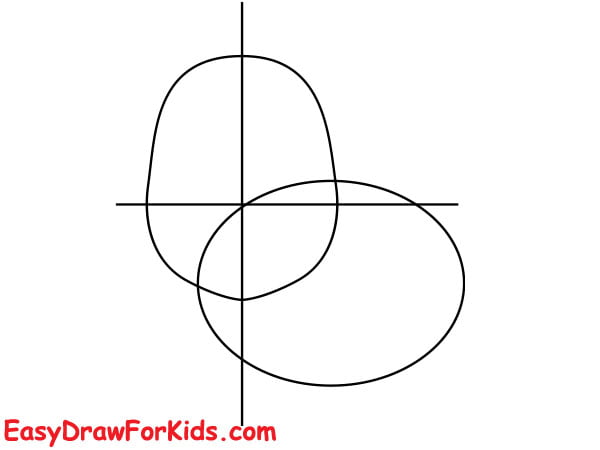
Step 2: Now, you draw a snout and legs for kawaii cow
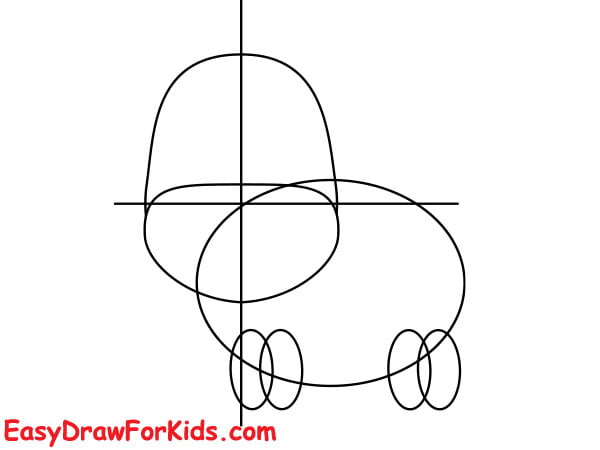
Step 3: Draw the hooves, ears and tails
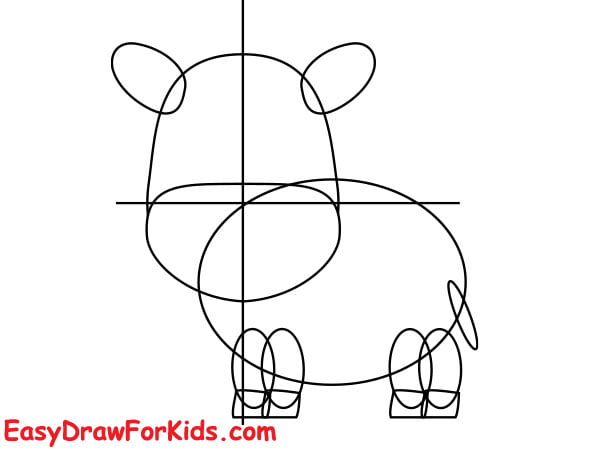
Step 4: Creating the cow’s horns and mouth
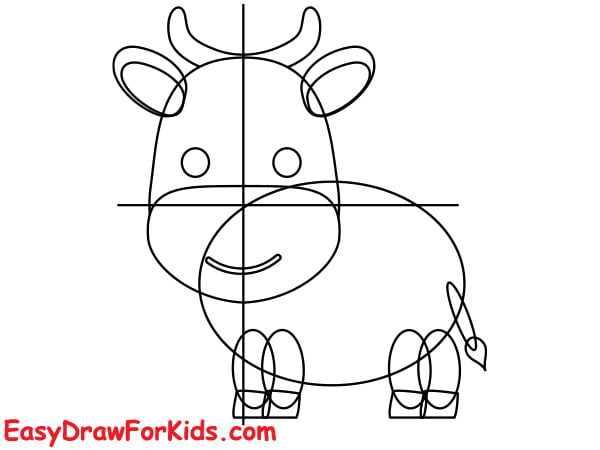
Step 5: Adding the fur on the top of the head.
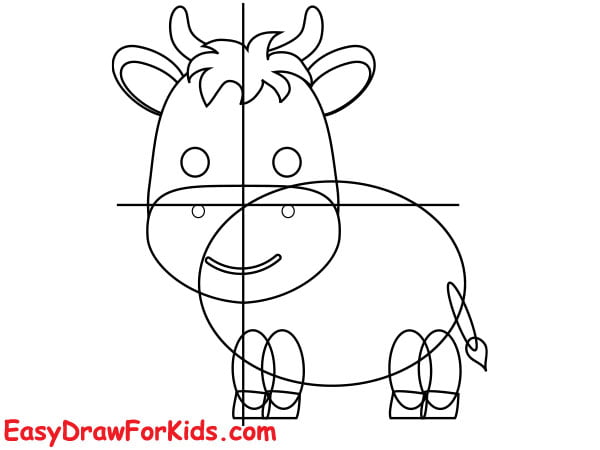
Step 6: Adding details to the face and body
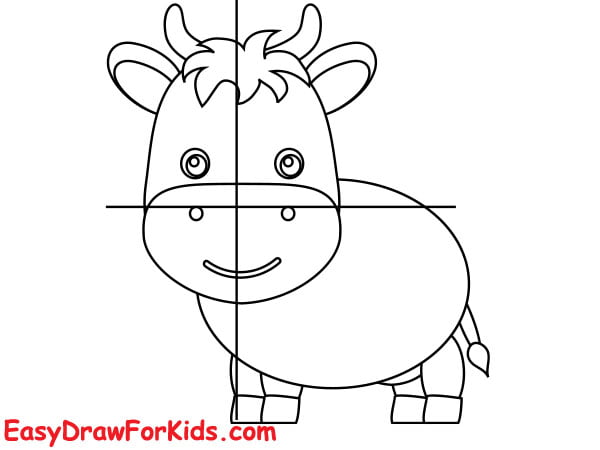
Step 7: Erase any unnecessary guidelines

Step 8: Coloring

4. Funny Cow Drawing
Step 1: Draw a vertical trapezoid slightly curved at the corners for the head
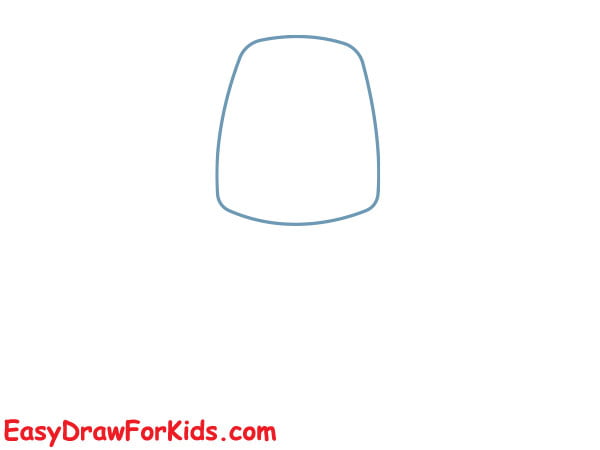
Step 2: Below the head, draw a larger trapezoid for the body.
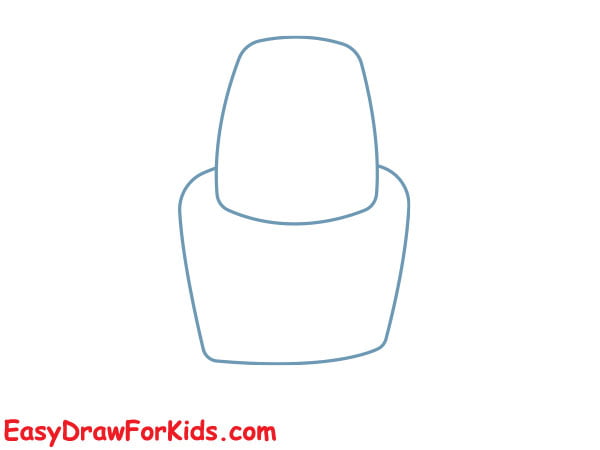
Step 3: Drawing the cow’s legs, as shown in the picture.
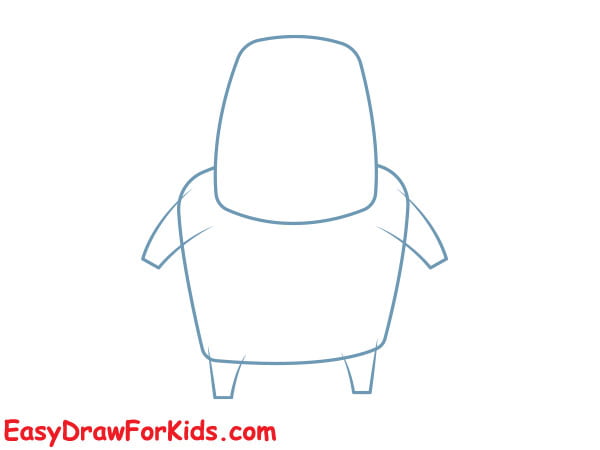
Step 4: Now, you draw a tail, horns and hooves for your funny cow
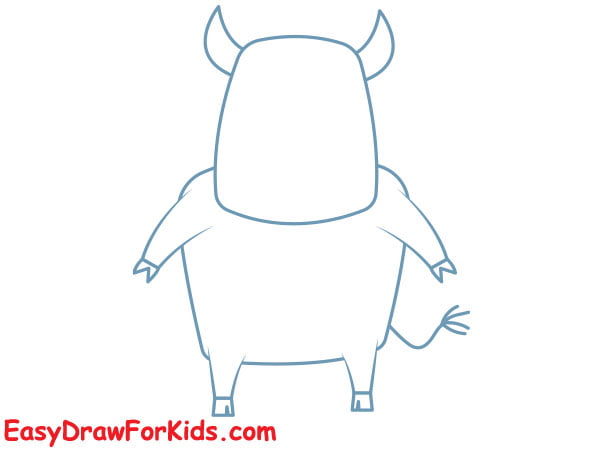
Step 5: Adding details to the cow’s face and body
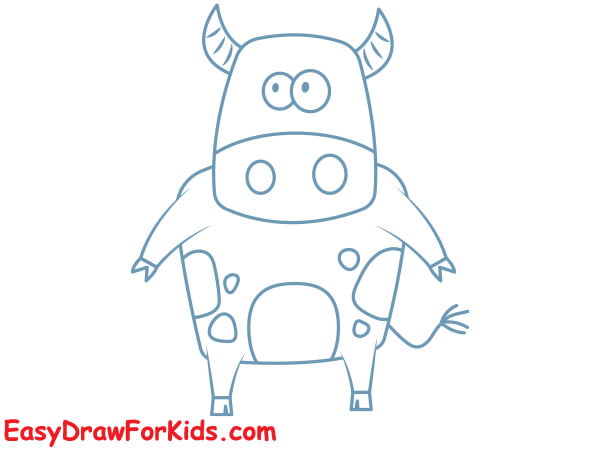
Step 6: Coloring the cow drawing
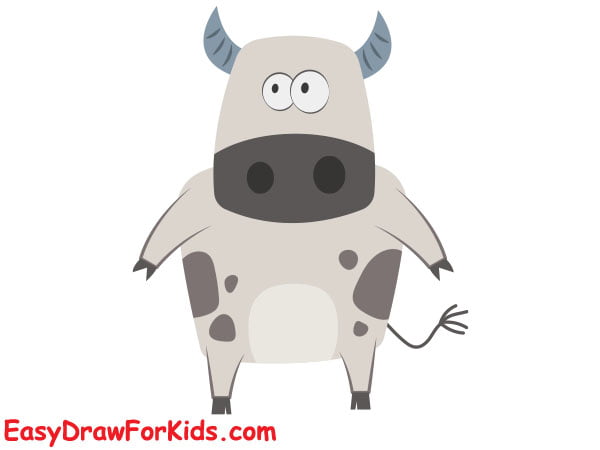
5. Easy Cow Drawing
Step 1: The first step on guide how to draw a cow, draw three oval shape overlap each other, as shown in the picture.
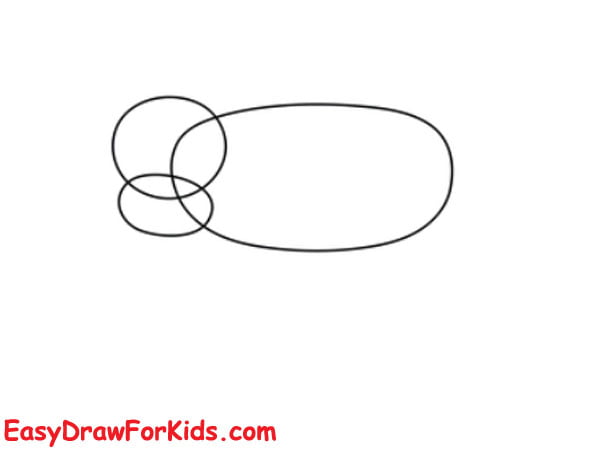
Step 2: Creating the legs for your cow
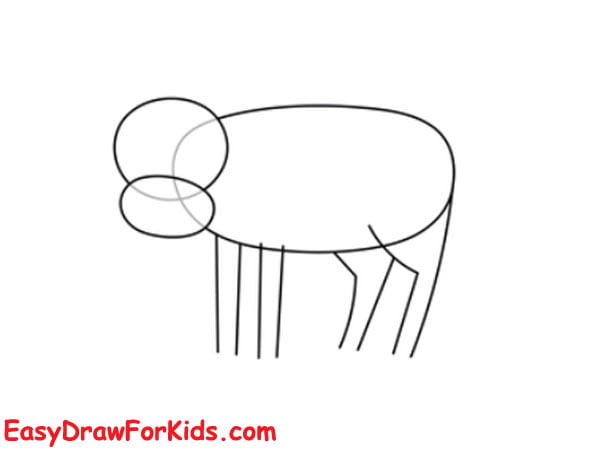
Step 3: Sketching the eyes, nose, horns, tail and mouth
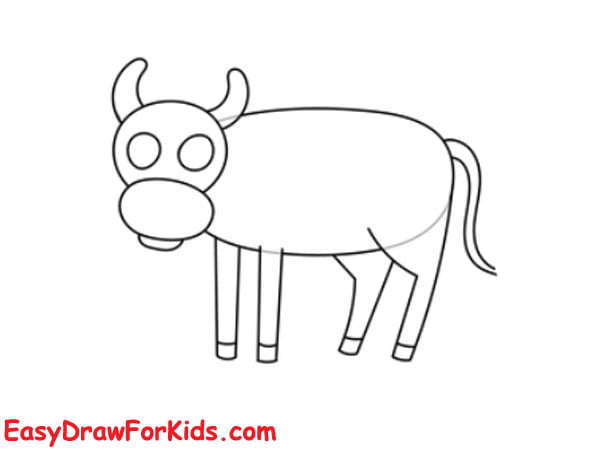
Step 4: Adding a clover on the cow’s mouth, and draw the udder beneath the cow’s body.
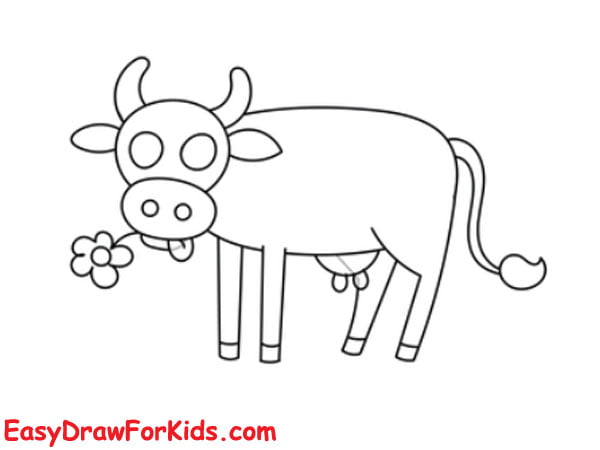
Step 5: Adding details to your cow drawing
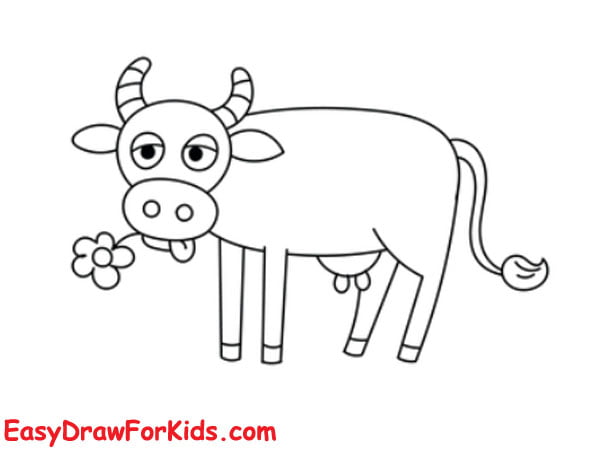
Step 6: Finalizing the cow drawing with color
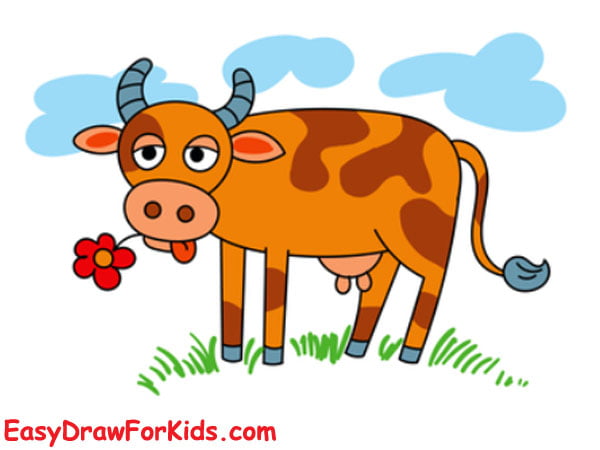
6. Cow Milking Drawing
Step 1: Start, draw a large oval shape for the body.
Then draw the cow’s head by adding a smaller oval shape at the front of the body.

Step 2: Sketching the basic outline of the face

Step 3: Now, you add the details to the cow’s face
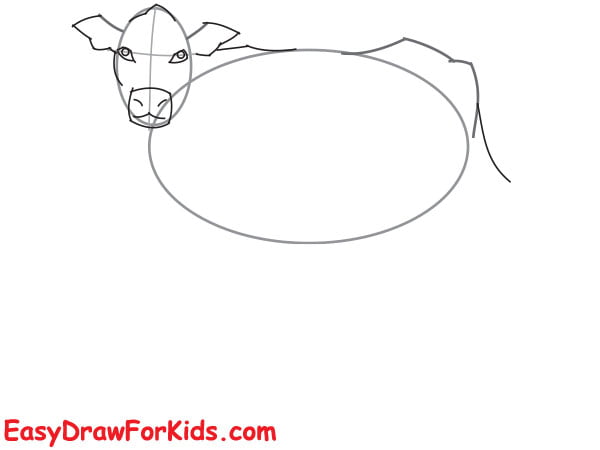
Step 4: Drawing the legs, tail, udder and teats

Step 5: Add spots on the cow’s body to give it a realistic appearance.
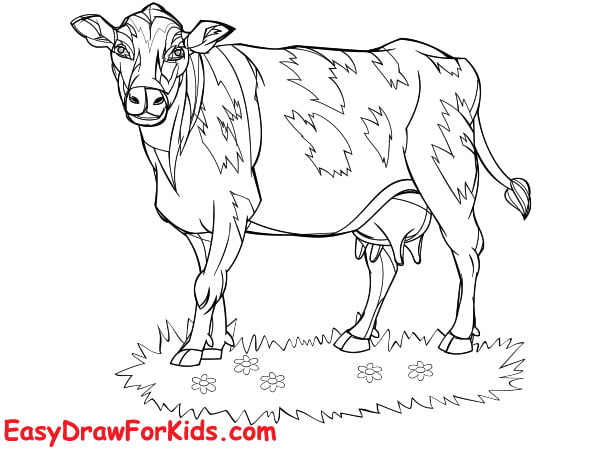
Step 6: Coloring the cow milking drawing
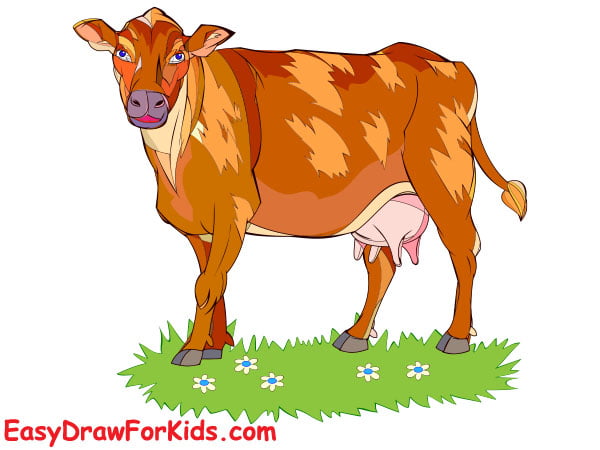
7. Black And White Cow Drawing
Step 1: Draw an oval shape for the head and two curved shapes for the horns.
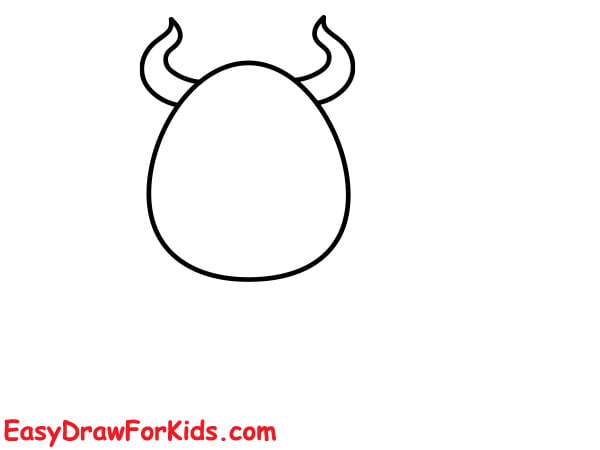
Step 2: Now, adding the eyes, nose and smiling mouth for your cow drawing
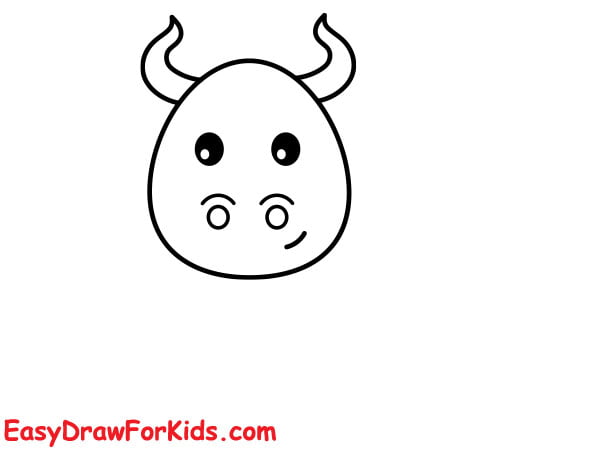
Step 3: On top of the head, draw two small ears.
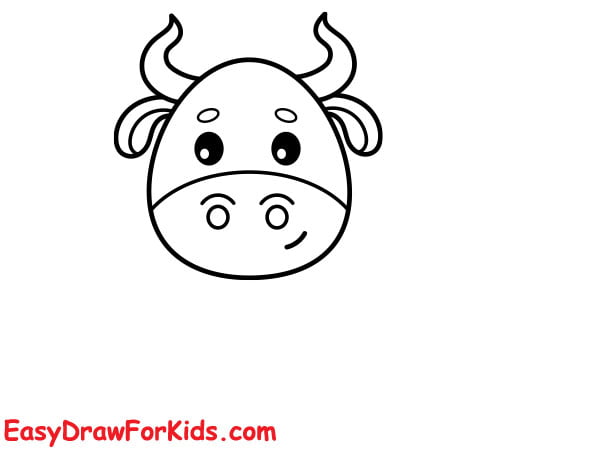
Step 4: Sketching the body, legs for the cow
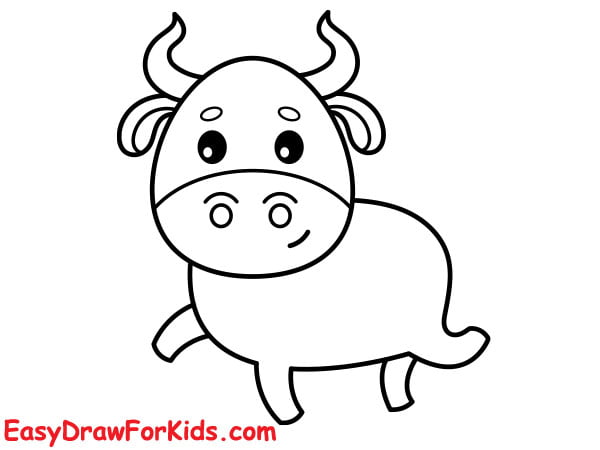
Step 5: Now, you draw a tails and hooves
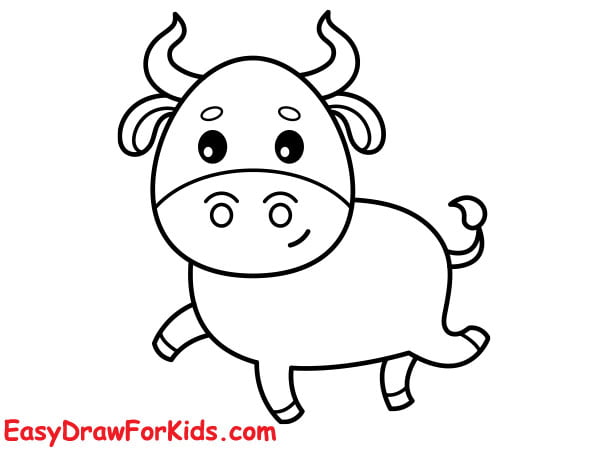
Step 6: Finalizing the drawing by adding irregular-shaped spots all over the body.
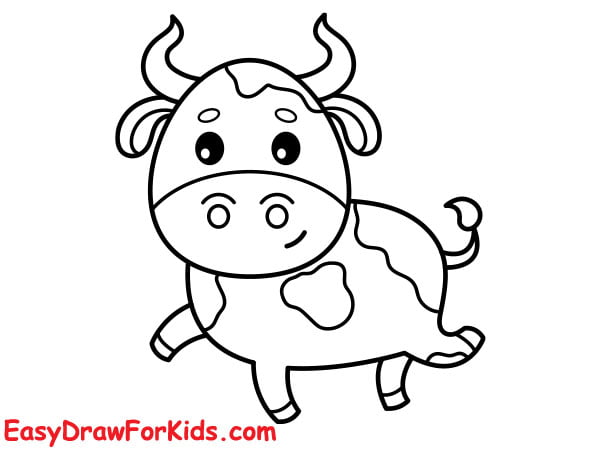
With this guide how to draw a cow step-by-step, you can draw cute, quirky cows.
Feel free to add your personal touches and details to make your cow unique.


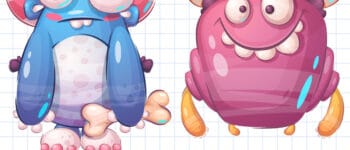
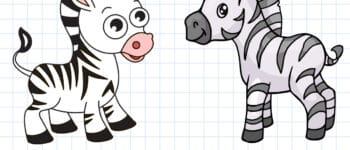
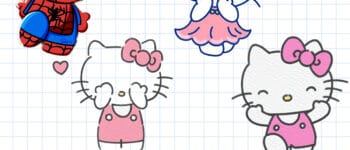
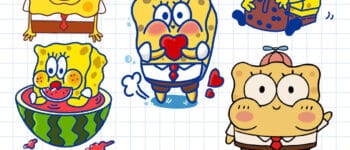
Leave a Reply